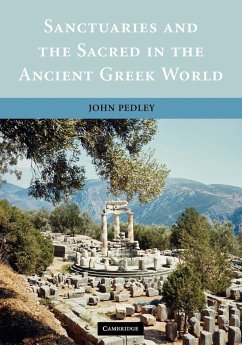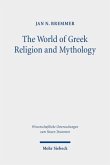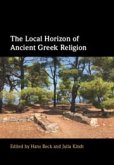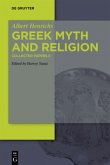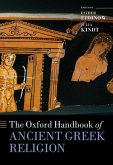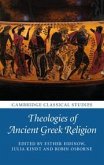The first chapters outline important themes and issues, including locations and their meanings, defining features of sanctuaries, the relationship between structure and ritual, political as well as religious functions, transformations over time, and the activities and experiences of the individual. These themes are linked to historic and specific sanctuaries, notably Olympia and Delphi, as examples of major international sanctuaries; Samos and Poseidonia, as urban sanctuaries in different parts of the Greek world; and the acropolis in Athens. Final chapters trace the consequences of the Roman conquest, the triumph of Christianity, as well as the impact of Turks, travelers, archaeologists, and tourists on these sites. Written in a clear style and richly illustrated, this 2005 book is intended for students and provides an accessible yet authoritative introduction to the material aspects of ancient Greek sanctuaries and the ritual activities which took place there. It includes a lengthy glossary and a chapter bibliography.
'Intended for students and general readers, this is a masterly survey of a big subject. There is a fascinating glimpse of the seventeenth-century Turkish traveller Evliya Chelebi, author of a 10-volume study of the Ottoman empire, who 'has much in common with our old friend Pausanias': the Parthenon was for him a multicultural monument. Appropriately expressing its emphasis on what shrines looked like, the book is lavishly illustrated with black-and-white photographs, drawings, maps and plans; a useful glossary is included. The paperback is markedly good value.' The Anglo-Hellenic Review

